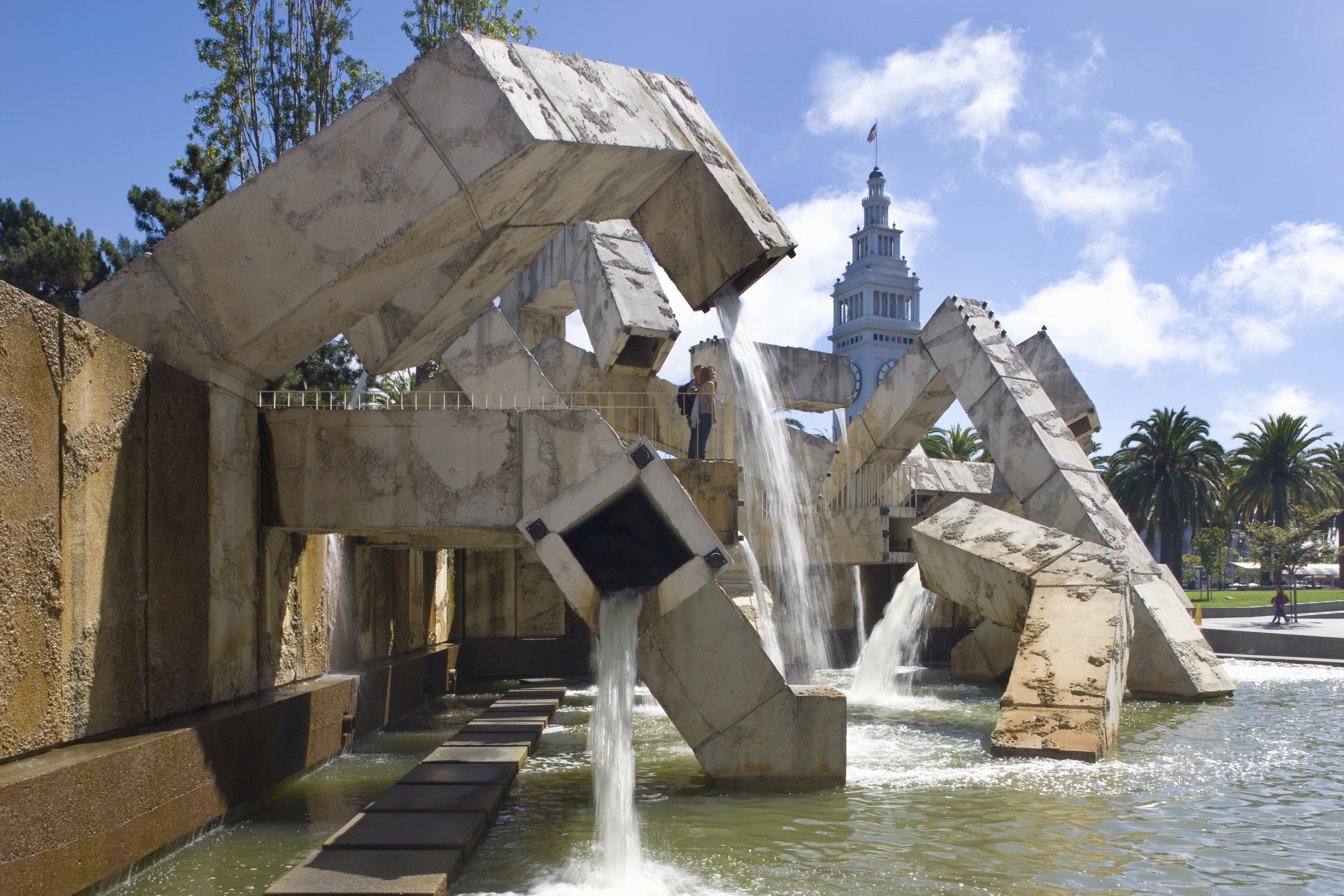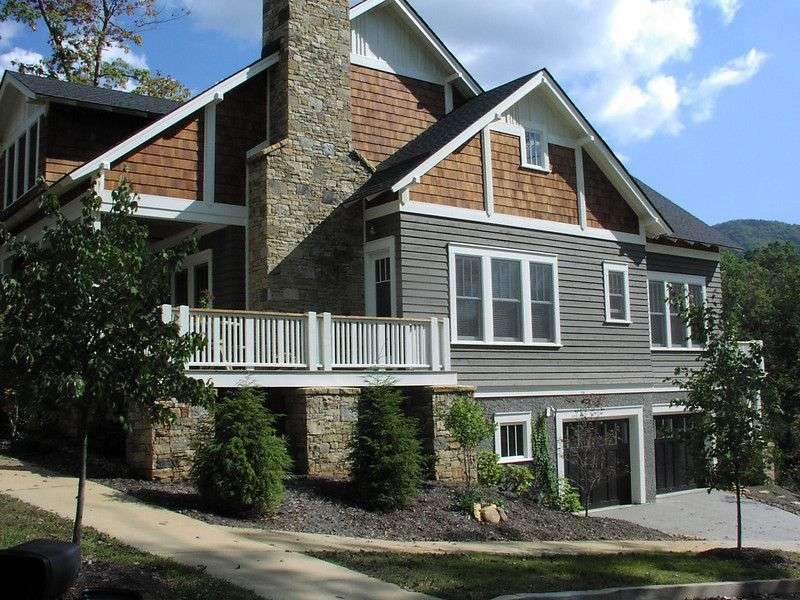Vaillancourt Fountain: An Artwork Facing the Threat of Disappearance
A Redevelopment Project Threatens an Artistic Legacy
In the heart of Embarcadero Plaza in San Francisco, the Vaillancourt Fountain has stood for over half a century—specifically, for 54 years. However, this artistic landmark, which has become an integral part of the urban landscape, is now under threat of demolition as part of a comprehensive redevelopment plan for the plaza.
A Controversial Work of Art
Officially titled “Québec Libre!” (Free Quebec!), the fountain was designed by Canadian artist Armand Vaillancourt, known for his bold works infused with political and social messages. Despite its striking visual presence, the initial blueprints of the new project make no mention of the fountain’s existence—a fact that has raised numerous questions about the intentions of those behind the redevelopment.
Official and Artistic Reactions
City officials clarified that the proposed designs are not final and are merely intended to convey the general vision. However, no concrete assurances have been provided regarding the fountain’s future.
This ambiguity has prompted Vaillancourt, now 95 years old, to take a firm stance. With the help of his family, he has begun reaching out to local politicians to urge them to preserve this piece, which he regards as an artistic and cultural legacy that must not be discarded.
Public and Institutional Support Against Demolition
A Broad Coalition to Defend the Fountain
Amid growing concerns over the potential removal of the Vaillancourt Fountain, the Canadian artist has not stood alone. He has managed to rally wide support from various entities dedicated to preserving modernist and architectural heritage. Among the most prominent groups are Docomomo, an organization focused on the conservation of modern architecture, as well as The Cultural Landscape Foundation (TCLF), alongside advocates for public art and the Brutalist design style.
Support has not been limited to art and architecture enthusiasts—it has also come from local skateboarders. Since the 1990s, the fountain and its surroundings have been a popular skateboarding spot, giving it a new social dimension as an interactive space in the public realm.
A Modernist Work with an Interactive Nature
From an artistic perspective, the Vaillancourt Fountain is one of the most notable examples of modernist public sculpture. Completed in 1971, it was constructed using precast concrete pipes, giving it an industrial look aligned with the bold architectural trends of that era.
Unlike static monuments, this fountain was designed as an interactive experience. Visitors can move through bridges, walkways, and staircases integrated into the structure, making it more than a piece of art—it is a living architectural space.
An Integrated Architectural Vision
The fountain was never an isolated artwork; it served as a central element in the overall design of Embarcadero Plaza. It was envisioned by renowned landscape architect Lawrence Halprin, who saw the project as a manifestation of a modern urban vision. He even described the fountain as “a Trevi Fountain for our time,” highlighting its symbolism and its place in the urban memory of the city.

The Fountain’s Fate: Between Aesthetic Value and Practical Function
Deactivation of Original Purpose Sparks Debate
Despite the symbolic and historical significance of the Vaillancourt Fountain, its presence in the public space has never been without controversy. This monumental sculpture, originally designed to have water flowing through it continuously, ceased functioning in June 2024 when it was drained. This change has prompted numerous questions about the fountain’s continued relevance in the urban landscape—especially given the high cost of its maintenance.
A Changing Urban Context Alters the Design’s Role
One significant factor influencing the perception of the fountain is the 1991 demolition of the Embarcadero Freeway—a structure the fountain was initially designed to visually interact with. The concrete pipes were intended to serve as a visual barrier, echoing the freeway’s appearance and softening its harshness within the urban environment. With that context gone, part of the fountain’s original rationale has also faded.
A Divisive Architectural Taste
Beyond functional and contextual changes, the fountain’s Brutalist design remains polarizing. While some see it as a bold expression of modernist daring, others view it as ugly and off-putting. Architectural critic Alan Temko expressed this divide quite harshly when he compared the fountain to “something a concrete dog might vomit up if it had square intestines.”
Redevelopment Plan: Investment in the Future or Loss of Heritage?
A New Multi-Million-Dollar Urban Park
As part of the Embarcadero Plaza redevelopment, city authorities plan to create a new five-acre urban park, aimed at unifying the waterfront with the financial district in a cohesive design. The project’s estimated cost is $30 million—reflecting a bold vision for urban transformation in the city’s heart.
Restoration Costs Raise Priority Questions
In contrast, restoring the Vaillancourt Fountain is estimated to cost $3 million, according to the San Francisco Recreation and Parks Department. This figure reignites debate: does this piece of public art merit such an investment? Or is it time to say goodbye?
Symbol vs. Appearance: How Do We Value Visual Heritage?
The fundamental question remains:
How do you see the Vaillancourt Fountain?
Is it a dying modernist gem worth saving, or a defunct visual relic that has lost its function and charm with time?
The answer may reveal more than just architectural taste—it may reflect the priorities of modern cities in balancing heritage with renewal.






